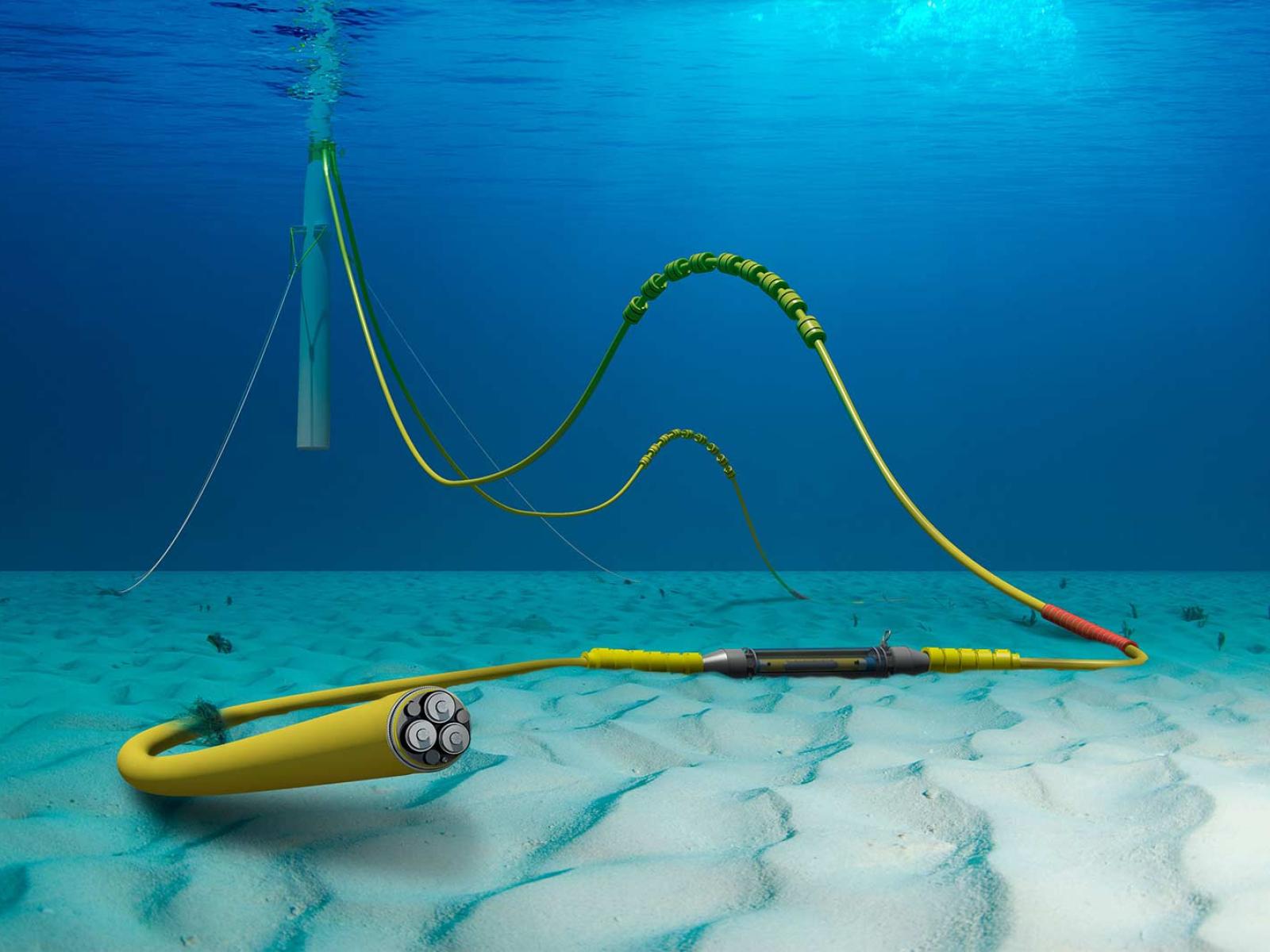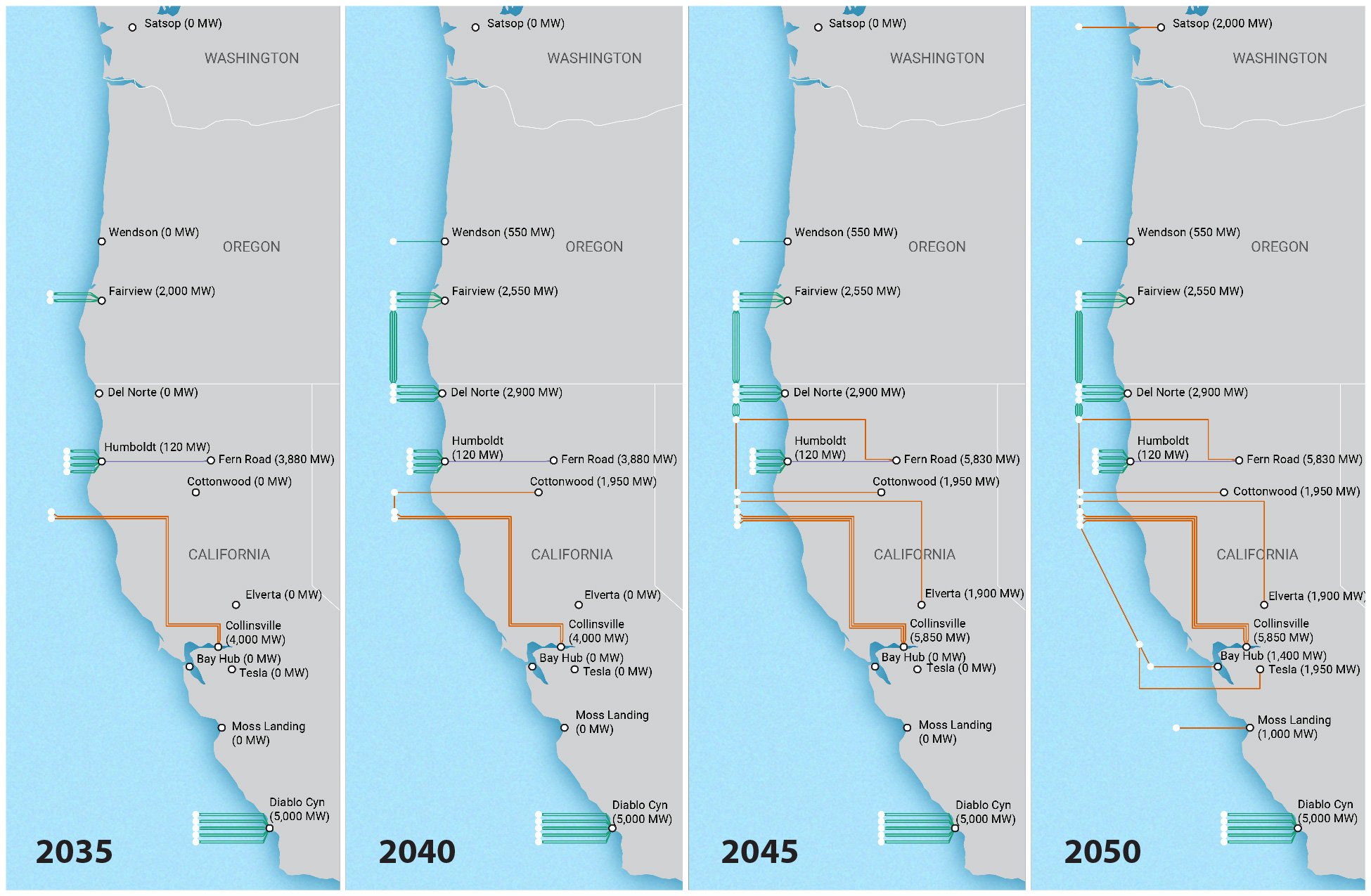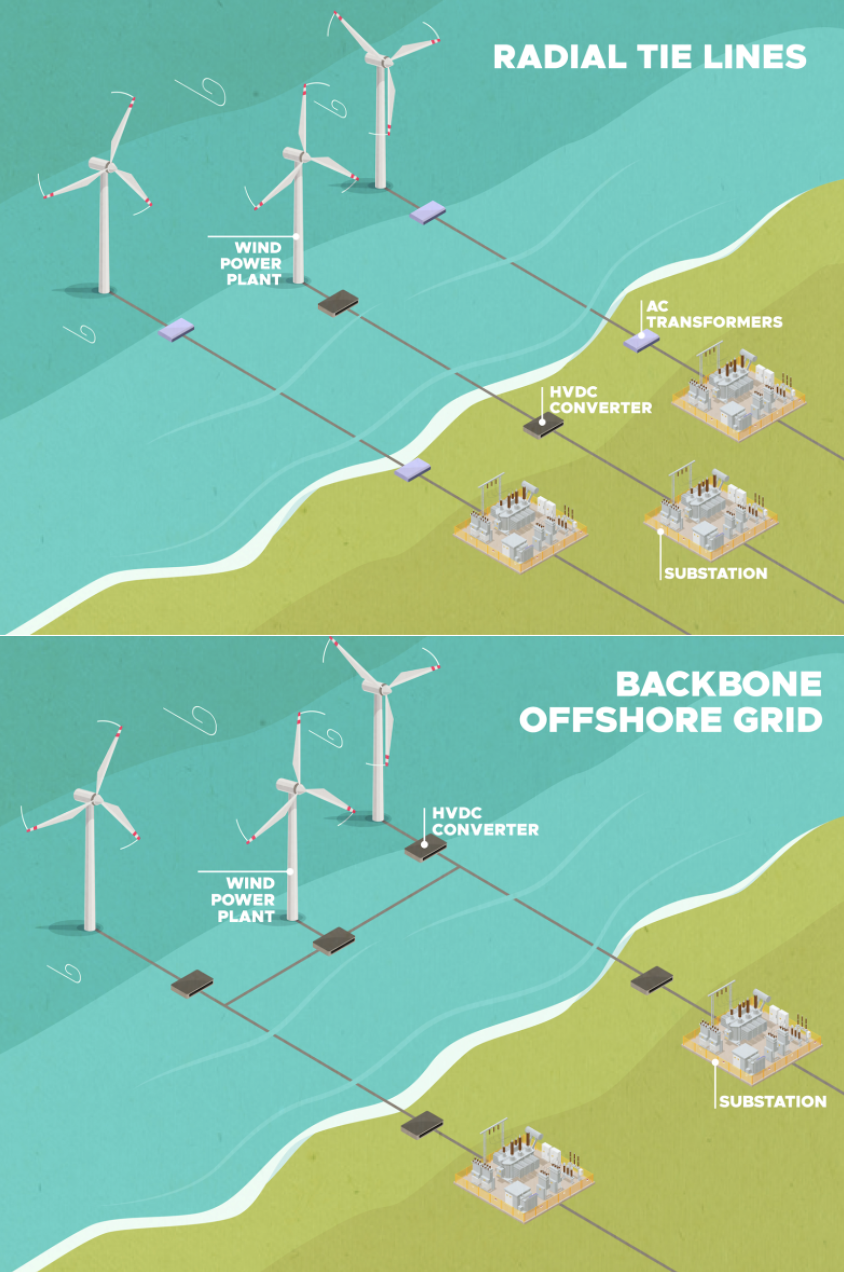West Coast Offshore Wind Transmission Study
West Coast Offshore Wind Transmission Study
Investigating the potential for floating offshore wind to lower energy costs and enhance the resilience of the nation’s western grid

Image: National Renewable Energy Laboratory
Related Stories
Lab-Level Communications Priority Topics
Grid

